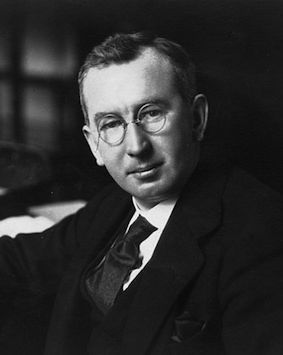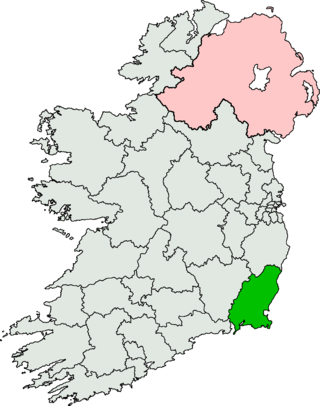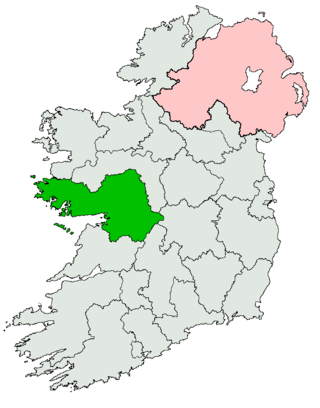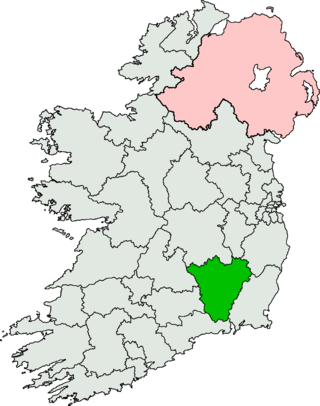Related Research Articles

The Irish Civil War was a conflict that followed the Irish War of Independence and accompanied the establishment of the Irish Free State, an entity independent from the United Kingdom but within the British Empire.

The Ceann Comhairle is the chairperson of Dáil Éireann, the lower house of the Oireachtas (parliament) of Ireland. The person who holds the position is elected by members of the Dáil from among their number in the first session after each general election. The Ceann Comhairle since 10 March 2016 has been Seán Ó Fearghaíl, Fianna Fáil TD. The Leas-Cheann Comhairle since 23 July 2020 has been Catherine Connolly, Independent TD.
The Second Dáil was Dáil Éireann as it convened from 16 August 1921 until 8 June 1922. From 1919 to 1922, Dáil Éireann was the revolutionary parliament of the self-proclaimed Irish Republic. The Second Dáil consisted of members elected at the 1921 elections, but with only members of Sinn Féin taking their seats. On 7 January 1922, it ratified the Anglo-Irish Treaty by 64 votes to 57 which ended the War of Independence and led to the establishment of the Irish Free State on 6 December 1922.
The Government of the 3rd Dáil was first both concurrently the 2nd Provisional Government and the 5th Ministry of Dáil Éireann, formed after the 1922 general election held on 16 June 1922, and then the 1st Executive Council of the Irish Free State, formed after the establishment of the Irish Free State. They were led by W. T. Cosgrave, who had become the leader of the Pro-Treaty wing of Sinn Féin and on 27 April 1923 became the first leader of the Cumann na nGaedheal.

The Defence Forces are the armed forces of Ireland. They encompass the Army, Air Corps, Naval Service, and Reserve Defence Forces.

Fionán Lynch was an Irish revolutionary, barrister, politician and judge of the Circuit Court from 1944 to 1959, Leas-Cheann Comhairle of Dáil Éireann from 1938 to 1939, Minister for Lands and Fisheries from 1928 to 1932, Minister for Fisheries from 1922 to 1928, Minister without portfolio from August 1922 to December 1922 and Minister for Education from April 1922 to August 1922. He served as a Teachta Dála (TD) from 1918 to 1944.

Clare is a parliamentary constituency represented in Dáil Éireann, the lower house of the Irish parliament or Oireachtas. The constituency elects 4 deputies on the system of proportional representation by means of the single transferable vote (PR-STV).

Wexford is a parliamentary constituency represented in Dáil Éireann, the lower house of the Irish parliament or Oireachtas. The constituency elects 5 deputies on the system of proportional representation by means of the single transferable vote (PR-STV).

Wicklow is a parliamentary constituency represented in Dáil Éireann, the lower house of the Irish parliament or Oireachtas. The constituency elects 5 deputies on the system of proportional representation by means of the single transferable vote (PR-STV).

Laois–Offaly is a parliamentary constituency which is represented in Dáil Éireann, the lower house of the Irish parliament or Oireachtas. The constituency elects 5 deputies on the system of proportional representation by means of the single transferable vote (PR-STV). It was previously a constituency from 1921 to 2016.
Sligo–Leitrim is a parliamentary constituency that has been represented in Dáil Éireann, the lower house of the Irish parliament or Oireachtas, from the 2016 general election. The constituency elects 4 deputies on the system of proportional representation by means of the single transferable vote (PR-STV). The constituency previously existed from 1923 to 1937 and from 1948 to 2007.

Dublin North-West is a parliamentary constituency represented in Dáil Éireann, the lower house of the Irish parliament or Oireachtas. The constituency elects 3 deputies on the system of proportional representation by means of the single transferable vote (PR-STV).
National University of Ireland (NUI) is a university constituency in Ireland, which currently elects three senators to Seanad Éireann. Its electorate is the graduates of the university, which has a number of constituent universities. It previously elected members to the House of Commons of the United Kingdom (1918–1921), to the House of Commons of Southern Ireland (1921) and to Dáil Éireann (1918–1936).
Cavan was a parliamentary constituency represented in Dáil Éireann, the lower house of the Irish parliament or Oireachtas from 1921 to 1977. The method of election was proportional representation by means of the single transferable vote (PR-STV).
Cork Borough was a parliamentary constituency represented in Dáil Éireann, the lower house of the Irish parliament or Oireachtas from 1921 to 1969, and as Cork City from 1977 to 1981. The method of election was proportional representation by means of the single transferable vote (PR-STV).
Tipperary is a parliamentary constituency that has been represented in Dáil Éireann, the lower house of the Irish parliament or Oireachtas, since the 2016 general election. The constituency elects 5 deputies on the system of proportional representation by means of the single transferable vote (PR-STV). A constituency of the same name existed between 1923 and 1948.

Galway was a parliamentary constituency represented in Dáil Éireann, the lower house of the Irish parliament or Oireachtas from 1921 to 1937. The method of election was proportional representation by means of the single transferable vote (PR-STV).

Carlow–Kilkenny is a parliamentary constituency represented in Dáil Éireann, the lower house of the Irish parliament or Oireachtas. The constituency elects 5 deputies on the system of proportional representation by means of the single transferable vote (PR-STV).
References
- ↑ O'Halpin, Eunan (2000). Defending Ireland: The Irish State and Its Enemies Since 1922. Oxford University Press. ISBN 978-0-19-924269-6.
- ↑ "No. 34/1923: SUPERANNUATION AND PENSIONS ACT, 1923". Oireachtas. Archived from the original on 18 August 2007. Retrieved 22 May 2009.
- ↑ "SUPERANNUATION AND PENSIONS BILL—SECOND STAGE". Oireachtas. 25 July 1923. Archived from the original on 7 June 2011. Retrieved 22 May 2009.